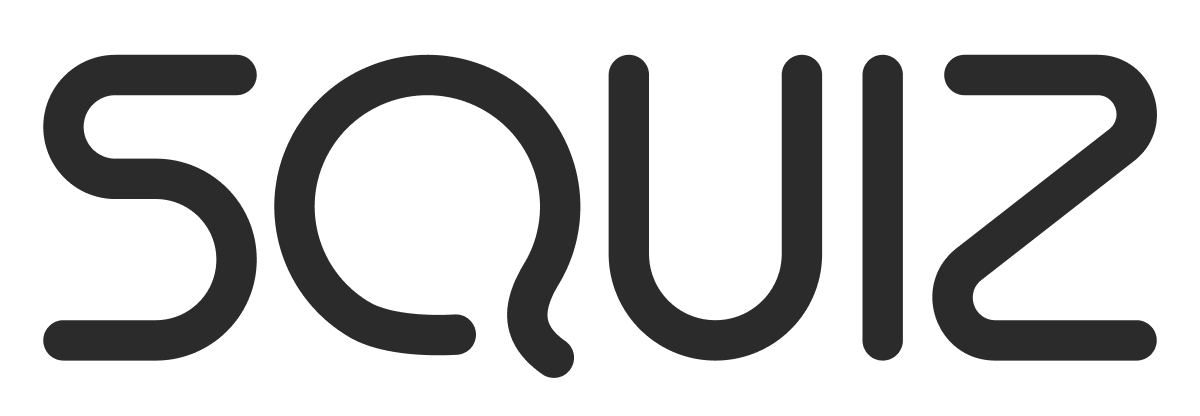Hello. I need to give Read permissions on an asset to all students within our department. The optimal way to do this would be to grant permissions to the LDAP User Groups of which students are members (undergrad, postgrad taught etc.). These User Groups are accessible via the backend search field1 under an LDAP Bridge which lists all students2.
When I give, say, Read access to an LDAP User Group on the relevant asset's Permissions screen, I'm not able to authenticate by logging in as a user within that User Group. Giving Read permissions to an LDAP Backend User account itself lets me in. I believe that – in theory – it should be possible to give access to User Groups in this way3.
I'm not an expert on LDAP, so I may be missing something which will enable what I need to do. I need to be able to give access to a Custom Form to several thousand users. Any advice greatly welcomed :-)
Cheers.
1 See blue Tip box at https://manuals.matrix.squizsuite.net/ldap/chapters/ldap-bridge#Using-Users-and-Groups-from-the-LDAP-Bridge
2 There are too many users to link over manually to the Users folder
